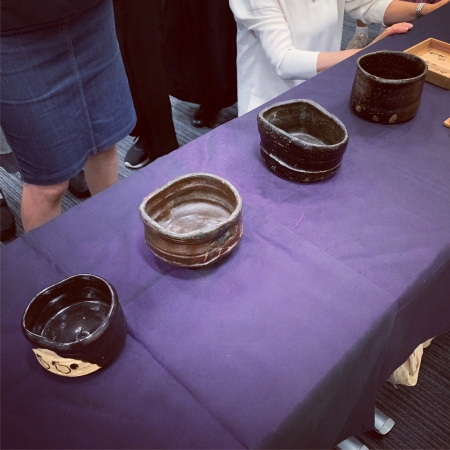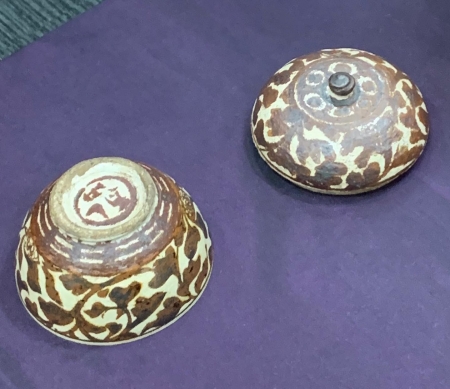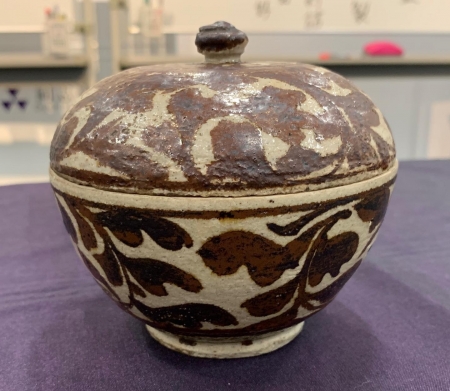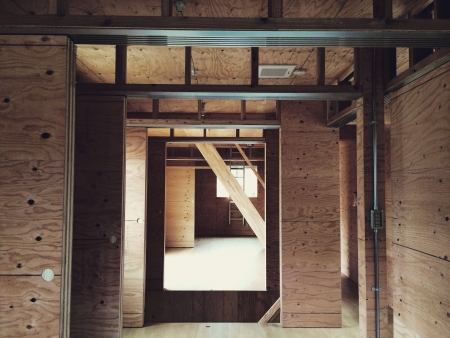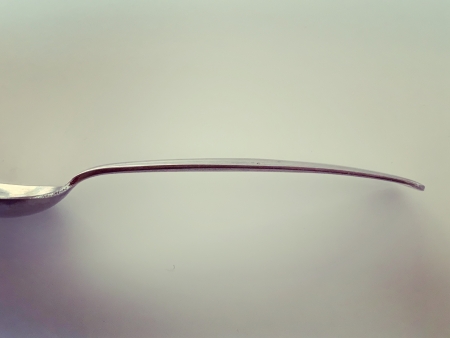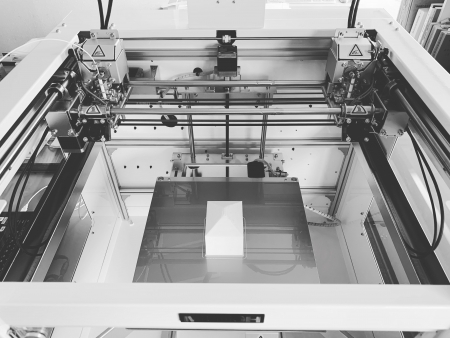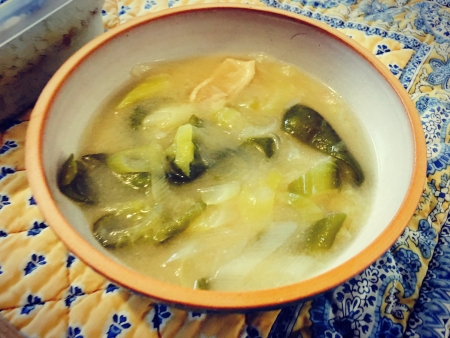変遷の捕まえ方
つくられる物には流行りすたりがあり、当たり前のように、時代によって変遷していく。
ファッションにしても、美術の世界でも、建築でも、時代によって変わる。それはもちろん、時代によって求められるものが違うし、考え方や価値基準、生活や習慣も変わるだろうから、社会が変われば、つくる物も影響を受けて、生活に密接であればあるほど、変化に敏感になる。
しかし、変化の仕方というか、作法というか、変化の流れ方は似ているように思う。
要するに、それまで捨ていた部分、無視をしていた部分、相手にしなかった部分が段々と注目を浴びてきて、それが主役へと変遷していく。急激に変化する訳では無く、徐々に徐々に、変遷していく。
瀬戸黒茶碗を時代によって見比べる試みがあった。武士が好みそうな無骨で端正で大振りな黒茶碗が、歪みはじめる。端正で無骨さを出すために歪みや曲線の波打ちは排除されていたが、その時代、目新しさや人とは違うものを求めて、歪みの中に端正さを見い出す試みがはじまったのか、丸味を帯びる。やがて、武士から町人の時代になり、大振りのものから小振りなものへ、より丸味を帯びて温和な印象の茶碗へと至ったとのこと。
建築の場合も、モダニズムにおいて自律するために、視覚性に重点を置き、それまでの建築が有していた物語性に込められていた場所性や物質性といった装飾を排除し、幾何学的な形態になり、空間を重視し、世界中どこでも同じような建築ができることを目指した。そのモダニズムも変遷していく。モダニズムの行き着く先に空間による権威的な風潮や、地域性の重要さに気づくなどがあり、排除していた場所性や物質性に注目が集まるようになり、ポストモダニズムへと変遷していった。
このように、ジャンルが違っても変化の仕方は似ており、排除していたものに注目が集まり、主役へと、またそれも交代していく。振り子のように、時代に応じて行ったり来たり、急激に変わることは無いので、同時代的に並列することもあるだろうが、基本的にどちらかが流れていく。
両義性、両方の流れを受け止めて同時に存在させ、その複雑な様をそのまま表現できないものかと考えてしまう。急激に変わることが無いのだから、その時代に求められていることをそのまま表現すると、両義的意味合いの複雑なものになるのが自然のような気がする。ただし、そのものの物の価値の寿命は短いかもしれない、その時代の流れの瞬間を捕らえるから、しかし、そのものの時代性の価値は高い、それで良いのではないかと考える。
"How to capture changes"
There is a trend in the things that are made, and as it goes without saying, it changes with the times.
Whether it is fashion, the world of art, or architecture, it changes with the times. Of course, what is required by the times will be different, and the way of thinking, value standards, life and customs will change, so if society changes, the things you make will be affected and the closer you are to life, the more it will change. Become sensitive.
However, it seems that the way of change, the manner of change, and the flow of change are similar.
In short, the part that had been thrown away, the part that had been ignored, and the part that had not been dealt with gradually became the focus of attention, and it turned into a leading role. It does not change suddenly, but gradually changes gradually.
There was an attempt to compare the Seto Black Tea Bowl according to the times. The rustic, neat and large black tea bowl that Samurai likes is beginning to distort. Distortion and curving of the curve were eliminated in order to bring out neatness and ruggedness. Tinged. Eventually, from the time of Samurai to the time of the townspeople, it became a tea bowl with a rounder and milder impression, from a large one to a small one.
In the case of architecture as well, in order to become autonomous in modernism, the emphasis is placed on visuality, and the decorations such as place and materiality that were included in the narrative nature that architecture had so far have been removed, It became a form, focused on space, and aimed to be able to build similar structures anywhere in the world. The modernism also changes. At the destination of modernism, there is an authoritative climate by space and the importance of regionality, etc., and attention has been focused on the excluded place nature and materiality, and it changed to post-modernism .
In this way, even if the genre is different, the way of change is similar, and attention is drawn to what was excluded, and it also changes to the leading role. Like a pendulum, it doesn't come and go according to the times, and it doesn't change suddenly, so it may be paralleled in the same time, but basically one of them will flow.
I am confident that I will be able to express both the ambiguity and the flow of both at the same time and express the complex state as it is. It doesn't change abruptly, so if you just express what you're looking for in that era, you will feel like it's natural to have a complex sense of ambiguity. However, the lifetime of the value of the thing itself may be short, because it captures the moment of the time, but the value of the era is high, so I think that it may be good.

